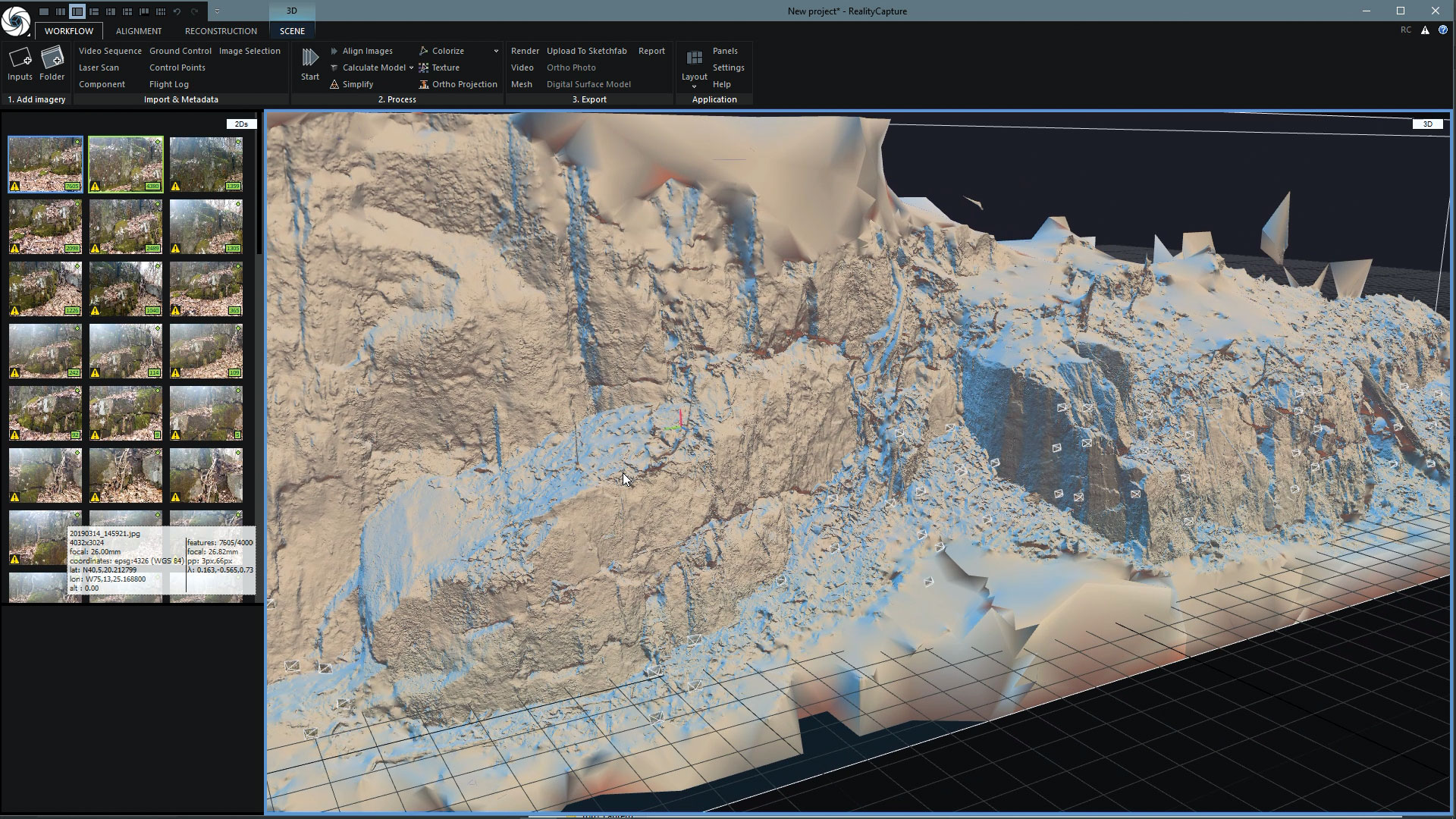

That being said, some of those options have improved since I last tested them, so I will review this comparison again in the not too distant future. Reality Capture really is about 10x quicker. To put that in perspective, last time I tested COLMAP with this dataset, it took 50 minutes! COLMAP + OpenMVS took 37 minutes, and Meshroom took 45 minutes. All 53 cameras were matched, and there’s not a lot of noise around the horn (which is usually problematic), and the (shiny) brass plaque was good too:Īs mentioned at the start, the whole process took about 6 and a bit minutes.

So, the reconstruction looks great, very complete. The textured model looks as good as the coloured mesh, to be honest, hence why I didn’t include texturing in the headline time-taken. That took 205 seconds, or a little over 3 minutes, for a 4096px texture. Texturing is accomplished via a button on the top bar under ‘reconstruction’. This mesh isn’t textured, it’s just using coloured verticies. Then I click the start button and leave the reconstruction to it, hoping I head to the folder button in the top left, select myįolder of images of the styracosaurus model, they load (almost instantly), and * on default, on my test machine Default Settings Time to reconstruct Styracosaurus dataset*: 397.262 Support, max 2,500 images per project] via their website, or you can pay £29.99 Lowest Cost: $99 (~£77) for 3 months [caveats: no Low-end version, or it’s very expensive for a perpetual license. I mean, the website clearly states “10x faster thanĪnything on the market”… but when has marketing hyperbole ever been correct? Well… now… it seems.īut, it’s subscription (which isn’t for everyone) for the And it doesn’t seem to be at the expense of accuracy/reconstructionĬompleteness either. Ok, let’s get this out of the way – Reality Capture is fast.


 0 kommentar(er)
0 kommentar(er)
